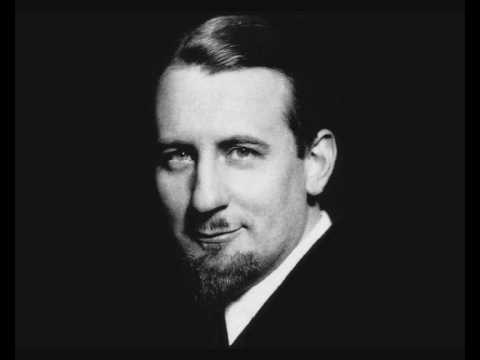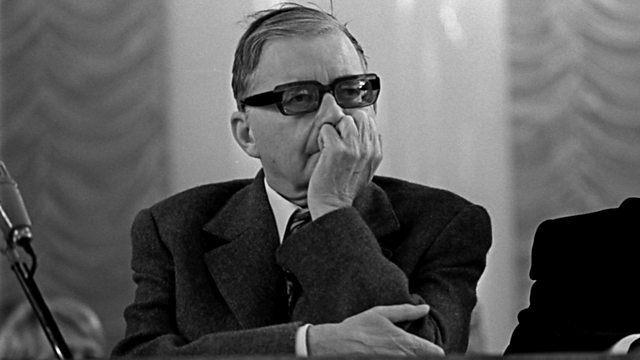The Slipped Disc daily comfort zone (194): The other loveliest English Lied?
mainSleep, again. The same poem.
But with music by the peculiar Peter Warlock a friend of Bartok’s and a dabbler in witchcraft.

So which do you prefer? I suspect the Gurney is slightly harder to sing.





Comments